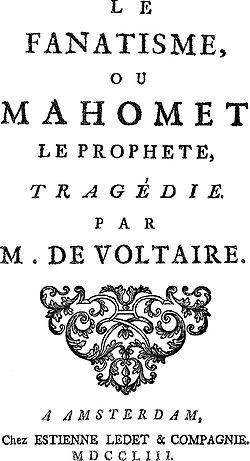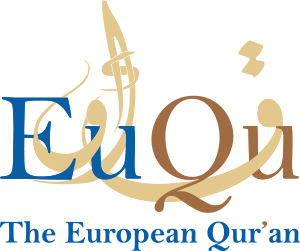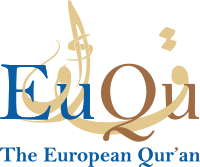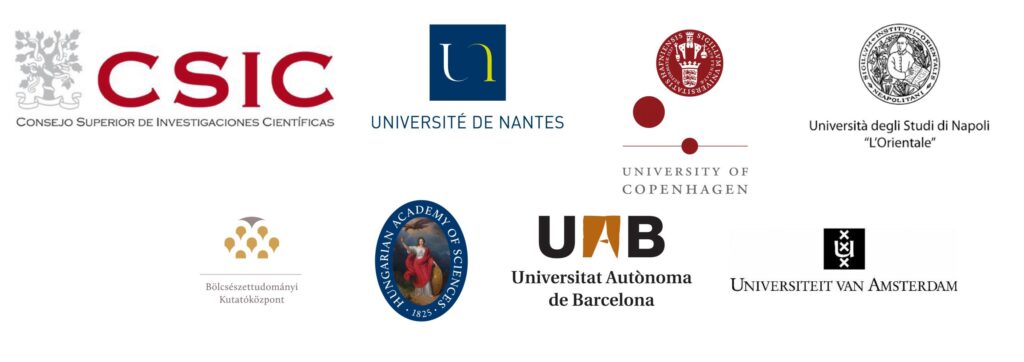The European Qur’an Database
Since 2019 EuQu has been compiling comprehensive documentation of the geographical history of the European Qur’an. This material will be used to create a GIS-mapped database in which we collect all the available data about the circulation of Qur’anic manuscripts in medieval and early modern Europe, as well as data about all published and unpublished European editions and translations of the Qur’an in Arabic, Greek, Latin and the European vernaculars. The database will also collect all anti-Quranic polemical tracts written and published in Europe between 1142 and 1800.
This unique database aims to provide a groundbreaking research tool with which researchers will be able to trace the development, spread and transformation of the European Qur’an from the Middle Ages to the modern period, and from Spain to Russia and to the borders of the Ottoman Empire. By displaying this data on a map with spatial and temporal dimensions, we will make them readable as a geographical history of the European Qur’an. Our map will visualize the circulation and distribution of Qur’an manuscripts and also relate them geographically and chronologically to translations and editions and to anti-Qur’anic polemics that appeared during the period.
The European Qur’an database will support and generate new insights in a number of areas, including:
- a new understanding of the social history of oriental manuscript collections, providing comprehensive information about the uses of Qur’an manuscripts, the social spaces in which they moved and the different actors involved in their production and procurement;
- information on the Arabic manuscripts European scholars had at their disposal and hence what reading(s) of the Qur’an they were acquainted with; as well as on how they approached the challenges posed by different scripts and the numerous formal devices they employed (verse divisions, partitions of the Qur’an, indications of variant readings, recitation signs, etc.) when reading, copying or printing the manuscripts;
- new insights into the acquisition of manuscripts through travelers, diplomats, merchants, soldiers, and missionaries as well as through Muslims and converts. This will help us gain a better understanding of the role of Muslims and converts in producing copies of the Qur’an in Spain, in the Habsburg borderlands, and in other parts of Christian Europe where Muslim slaves and captives often acted as scribes. The inventory complied for the database will also allow us to assess the process of copying Qur’an manuscripts by Europeans, including Christians; and,
- new understanding of the relationship of Latin and vernacular / aljamiado (vernacular written in Arabic script) translations. Only in the context of a comprehensive project like the EuQu Database will it be possible to establish whether and how European translations and traditions of translations constitute a new text – i.e. the European Qur’an. The chain of vernacular translations of Bibliander’s Latin edition into Italian and from Italian into German, Dutch etc. can again serve as a case in point: Salomon Schweigger’s German translation, which was edited multiple times and informed the image of the Qur’an of a wide Northern European readership is so far removed from the standard Arabic versions that it must be treated as a different text. At the other side of the spectrum of the European Qur’an are situated translations and editions that were produced in close collaboration with Muslim agents or converts. These were often intended for the use of Muslim minorities or crypto-converts and might virtually converge with the Qur’an tradition dominant in the Dar al-Islam.
